After years in the “health halo” spotlight, some consumers are starting to question whether oat milk is all it’s cracked up to be. In the grocery aisle and in line at the coffee shop, folks are wondering if soy, almond, rice, pea — or even regular old cow’s milk — are better options. Most of us aren’t even sure how they manage to milk those tiny flakes of oats.
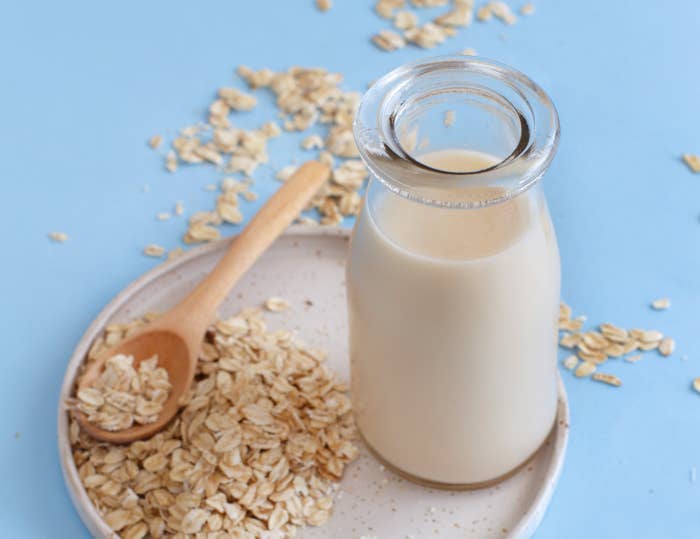
Happily, nutritionists are here to clear up the confusion.
“Oat milk is created by milling whole oats, adding water and enzymes and filtering the liquid from the solids in a centrifuge,” explained registered dietitian nutritionist (RDN) Vicki Shanta Retelny. “Oat milk must be fortified with calcium, iron, vitamin A and vitamin D to make it nutritionally comparable to cow’s milk.”
Even with so many other options, some nutritionists remain fans. “My favorite plant milk happens to be oat milk,” said RDN Andrea Mathis. “I love its naturally creamy texture and how it adds a great source of fiber to my smoothie recipes.”
Texture is one benefit, and ecology is another. “One of the big draws of oat milk is that it appears to be more environmentally sustainable than some other types of plant-based beverages, requiring less water and producing less waste,” said registered dietitian (RD) and naturopathic doctor Jennifer Salib Huber. RDN Tamar Samuels noted that oat milk is also popular for what it doesn’t have — nuts or dairy.
1. Who should avoid oat milk, and why?
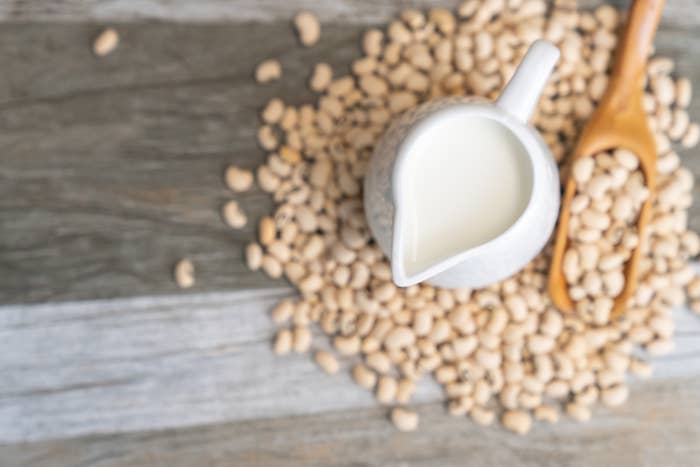
If you’re avoiding gluten, you need to tread carefully around oat milk.
“While oats are naturally gluten-free, they have a higher risk of cross-contamination, because they are typically processed in facilities that manufacture gluten-containing products,” Samuels said. “If weight loss is your goal, you might want to consider decreasing high-calorie, low-protein beverages, like large oat milk lattes,” she added. “And if you’re managing high blood sugar, you should also be mindful, since many oat milk products have more added sugar and oils compared to other milk alternatives.”
RD Marissa Meshulam told us: “While oat milk is delicious, unfortunately it’s not the most nutritious option. Oats are a highly sprayed pesticide crop, so if you are drinking it, I highly recommend organic. From a nutrition standpoint, one cup of oat milk provides the same amount of carbohydrates as a slice of bread, about 15 grams. And then when oats are processed into oat milk, the starches in oats are broken down to simple sugars.”
To make oat milk creamy, many manufacturers add in canola oil or other oils, she added. “A splash in a cold brew when you get coffee is no big deal, but an oat milk latte every morning is not my favorite option,” she said.
2. Take a look at protein.
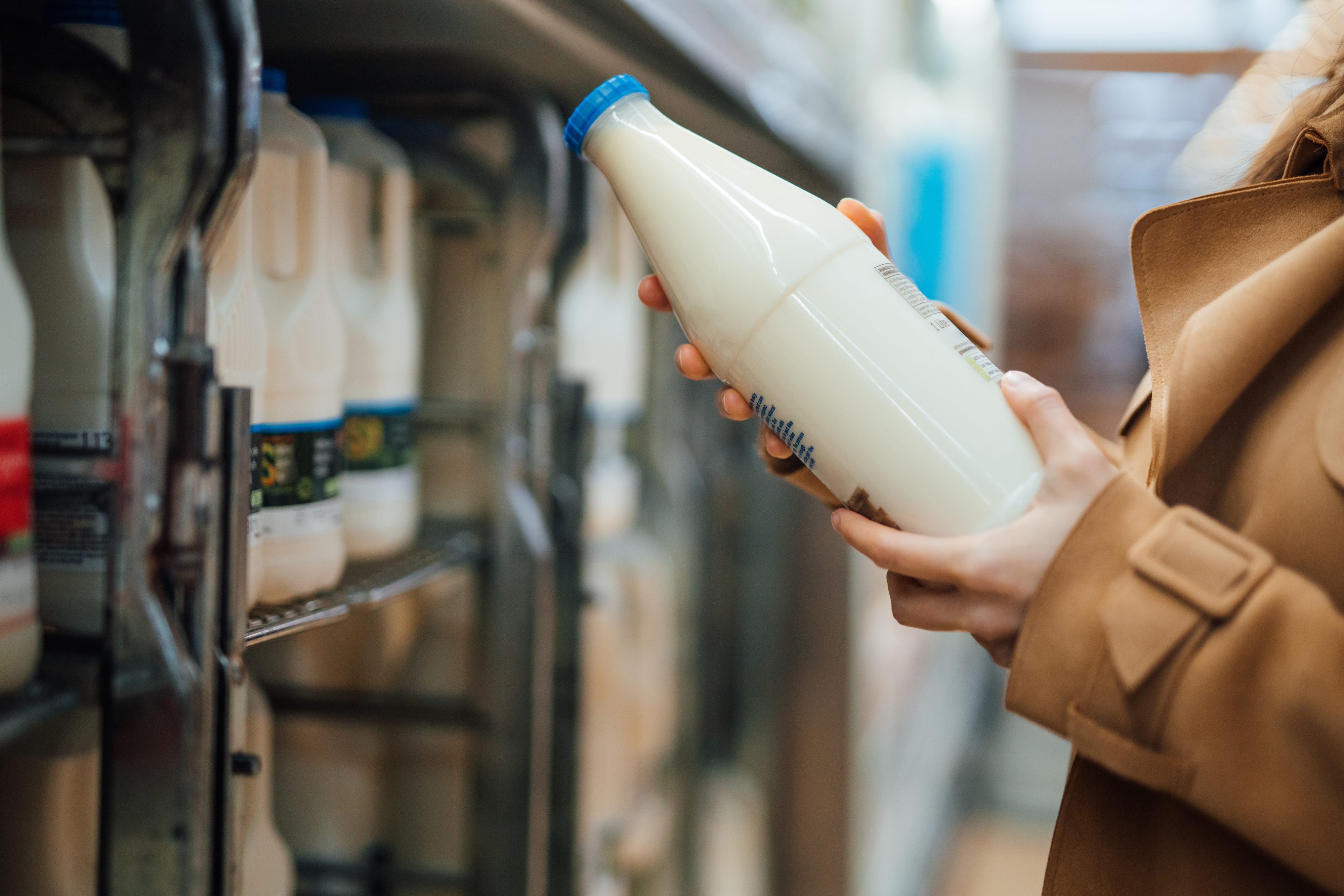
RDN Sharon Palmer noted that oat milk typically has a lower protein content (about two to three grams) compared to dairy milk or soy milk.
“Oat milk also tends to be higher in calories and carbohydrates compared to other plant-based milks like almond and soy milk,” Samuels said. “For example, one cup of oat milk has about 100 to 150 calories and 16 to 20 grams of carbohydrates, compared to almond milk, which ranges from 45 from 100 calories per cup, and one gram of carbohydrates.”
RD Barbara Ruhs offered this brand breakdown: “Silk, Chobani and Oatly, which are the leading brands, all have 120 calories per eight-ounce serving, with fewer than three grams of protein and 15 to 18 grams of carbohydrates. Planet Oat has 90 calories and similar levels of protein and carbohydrates.”
Soy milk is a source of isoflavones, "a flavonoid that is special to soy that has a multitude of health benefits, especially for women,” Ruhs said.
3. Looking for another plant-based alternative? Try soy.
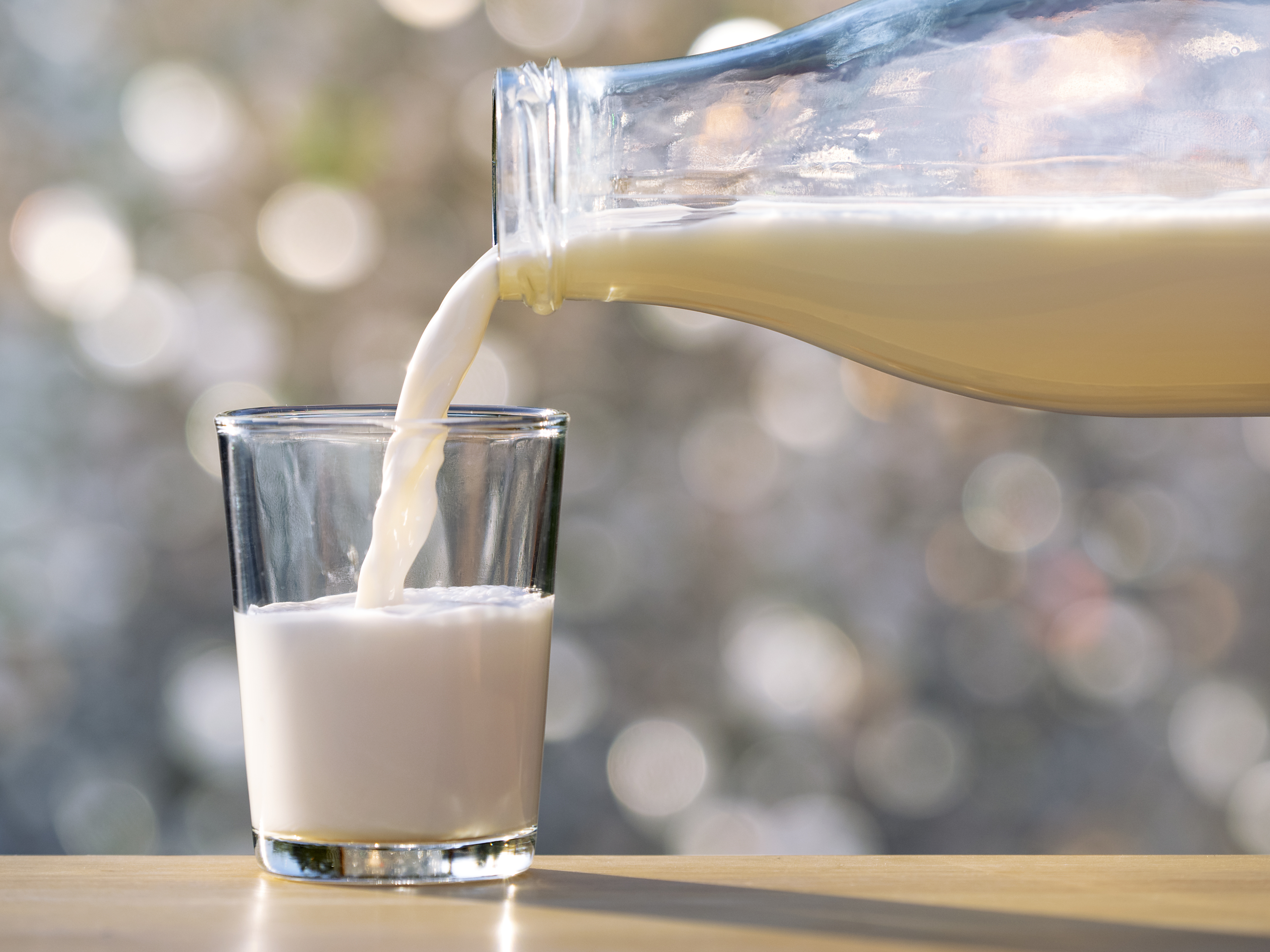
If you’re shopping for new types of plant milk, consider this advice from Retelny: “Just because something is plant-based, that doesn’t mean it’s healthy or nourishing,” she said. RDN Jill Nussinow agreed: “Many people think that plant milks are better for them, which might not be the case.”
Many of the nutritionists we spoke with favored soy over oats. “Soy milk is the most nutrient-dense of the plant milks,” explained Palmer. “I prefer soy milk because it has the best nutritional profile,” Ruhs said.
“The other thing unique to soy is that it’s the most significant source of isoflavones — a flavonoid that is special to soy that has a multitude of health benefits, especially for women,” Ruhs said. “They help with perimenopause and menopausal symptoms, have anti-inflammatory properties and are beneficial for heart and neurological health.” Retelny agreed: “If I were to choose a plant milk, it would be soy milk, since it’s like cow’s milk from a nutritional standpoint and it contains those beneficial phytoestrogens.”
“I use soy milk more frequently, because it’s the most affordable plant milk, especially Trader Joe’s organic unsweetened soy milk,” Nussinow said. “It has [a high] amount of protein, and it contains only soybeans and water.”
4. Consider other options, including the OG (from actual cows).
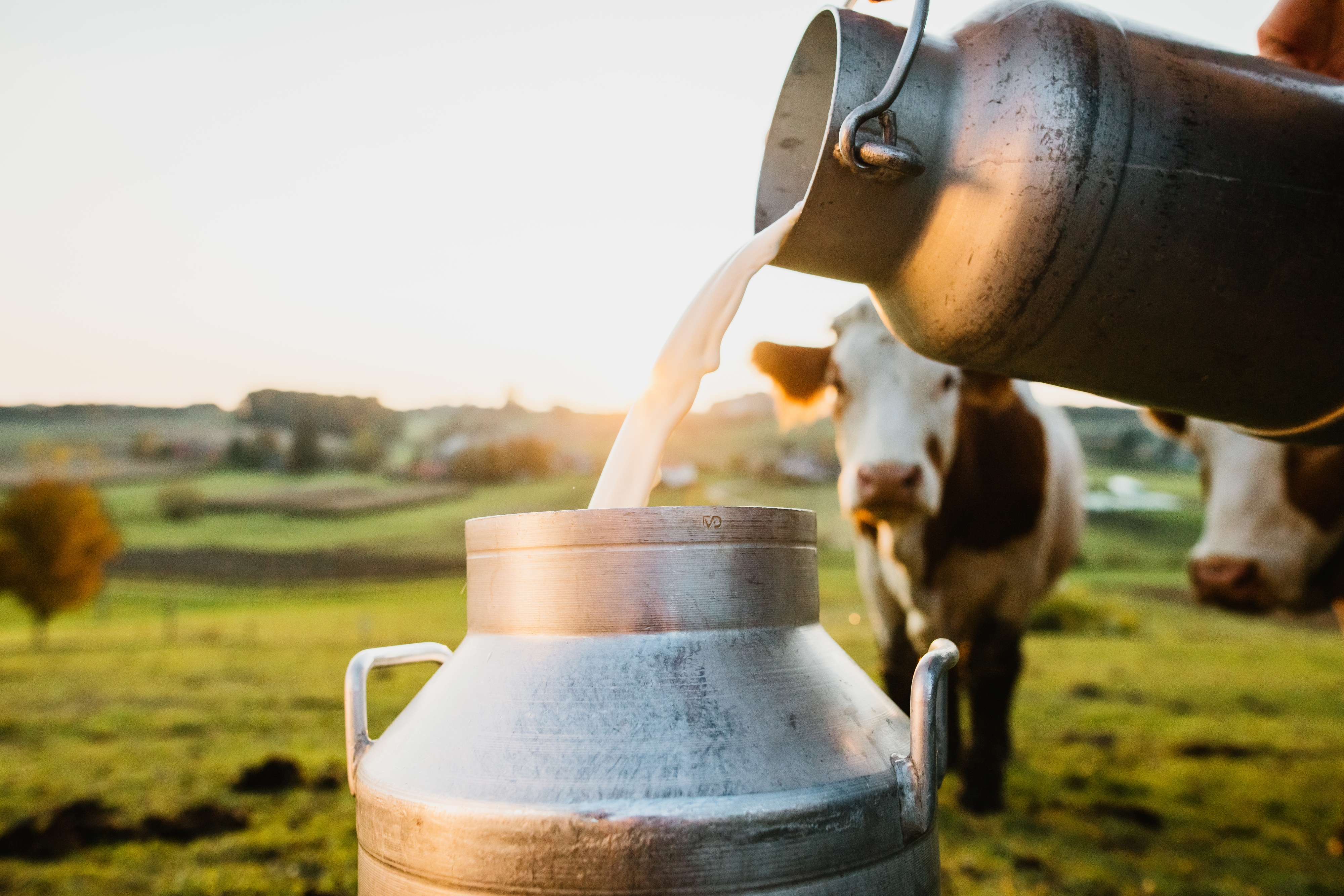
RDN Chelsey Amer said: “While I’m a fan of dairy milk, my favorite milk alternative is Ripple plant-based milk, which is made with pea protein. It contains a similar nutrition profile to dairy milk. It’s a great dairy-free alternative for kids who need the nutrients in milk, like protein and calcium, but can’t tolerate dairy.”
“I’m a fan of nut milk blends and coconut milk,” Meshulam said. “These tend to be lower in carbs and provide some fat, which not only makes them creamier, but helps with blood sugar stabilization.” Her two favorite brands are Malk and Three Trees. “Both use organic, simple ingredients and are less watered-down than other brands, so you get that creaminess in the mouthfeel.”
When it comes to coconut milk, Samuels offered this caution: “If you have or are at risk for heart disease, be mindful of your coconut milk intake, as it can increase your LDL cholesterol.”
While we’re out looking for the next new thing in nutrition, some nutritionists suggested more traditional options. “I think old-fashioned cow’s milk is going to be more in demand in the future, since it’s a readily available commodity that, in many regards, is the standard of optimal nutritional value when compared to plant milks,” Ruhs said. “It naturally contains eight grams of protein per serving. And there’s also a2 Milk, which contains more of the type of milk protein that makes it easier to digest.”
5. How to read the label (and avoid bloating).
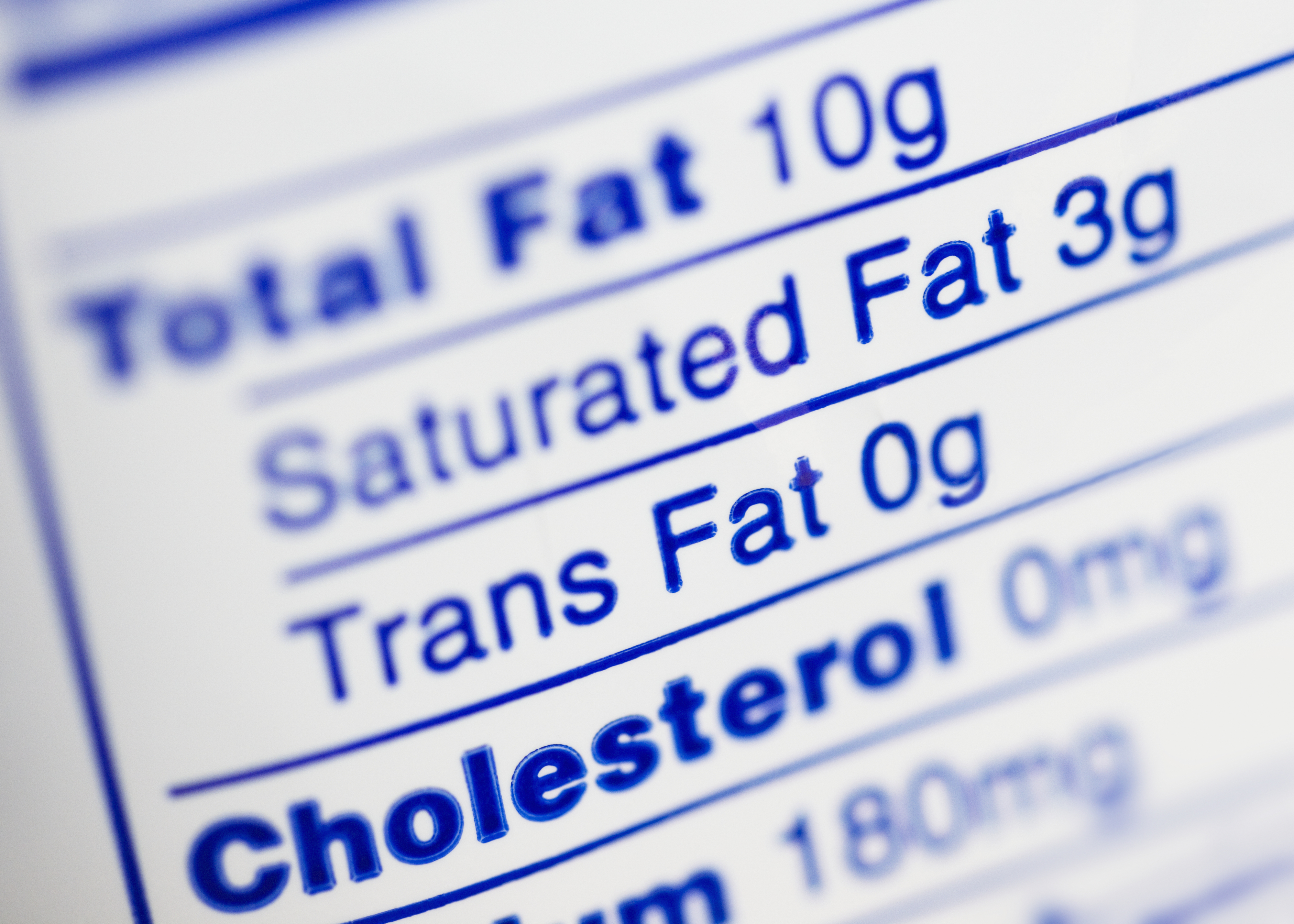
“If you suffer from bloating and gas, be especially mindful of ingredients like gums and carrageenan, which may increase these symptoms,” Samuels said.
“If you use plant milks as a regular part of your diet, like in cereal and smoothies, make sure it’s nutrient-rich,” advised Palmer. “It should provide a significant source of protein, about seven grams, and about 30% of the vitamin D calcium requirement for the day, which is particularly important for children.”
Noting that people will continue to demand transparency about ingredients and how products are made, RD Sara Haas said that she seeks out ingredient lists that match her preferences: “I always look for no flavoring, no gums, no additives and no sugar.”
Palmer suggested finding a fave and sticking with it: “Since there are so many products available, do some research to find a plant milk that works for you. Then you won’t always have to read labels each time you shop.”
6. Choose something you’ll actually drink.

“For most adults, milk of any kind should be considered a beverage instead of a primary source of nutrition,” Huber said. “This means that taste preference and any other values-based considerations can be factored into the decision, not just nutrition.”
“Taste and affordability are two big factors when choosing a plant-based milk,” Ruhs said. “Even if one option has superior nutritional benefits, if you’re not going to drink it, it’s not giving you any benefits.”
She also said that it might be wise to keep a few different kinds on hand. “I like dairy milk in my morning coffee, but I keep soy milk in the fridge to use in smoothies and baking applications. Every once in a while, if I’m eating freshly baked cookies, I prefer dairy milk, too.”
This post was previously published on HuffPost.
